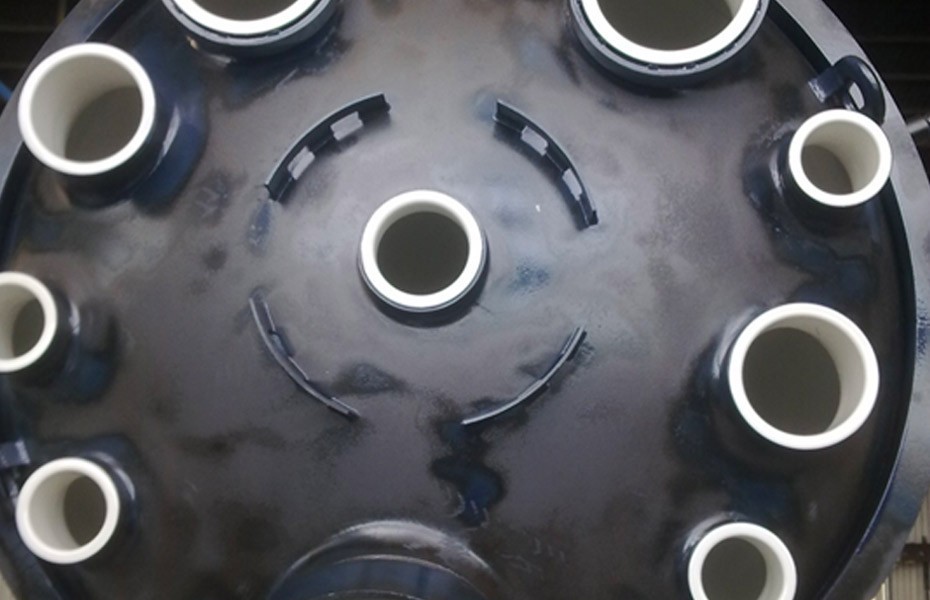ABRASION RESISTANT GLASS (ARG)
Pfaudler - Glass-Lined & Alloy Systems
Technologies

When to use Abrasion Resistance Glass® (ARG)?
The primary purpose of glass-lined equipment is handling high acid contents - corrosive media. Some processes also require increased mechanical resistance to abrasion, such as poly aluminum chloride (PAC), titanium oxides and, generally, ore dissolution.
Obviously, increased abrasion resistance should not be achieved to the detriment of chemical-corrosion resistance: this is the challenge won by ARG glass.
Longer lifetime
Specific abrasion and corrosion resistance properties of ARG are:
- Resistance to abrasion vs. WWG: + 230% (DIN ISO 6370-1)
- Resistance to corrosion compared to WWG in acid environment (HCl 20% - 108°C) is unchanged
Significantly longer lifetimes of the vessels and parts were achieved, firstly in lab tests and subsequently in industrial operation (-> 5 years).
ARG glass is available for vessel bodies as well as modern Cryo-Lock agitators, baffling systems, and outlet valves.

Higher productivity
In the presence of highly abrasive media, one way to extend lifetime is to increase glass thickness. But then, the batch times become longer, due to the bad heat conductivity of glass. For glass thickness increased by 0.3 mm, the overall heat transfer coefficient drops by 8 to 10%. The impact on productivity can be similar.
With ARG glass, increasing glass thickness to extend lifetime is not necessary. The number of possible batches per year is increased and reactor productivity optimized.





